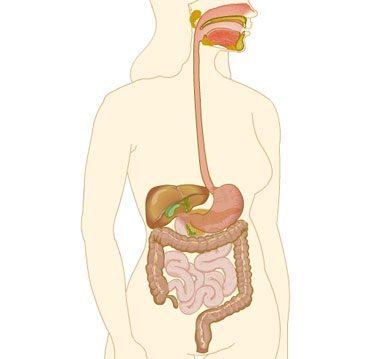 Health disorders are highly variable in their severity. Sometimes they can be diseases or conditions that, although accompanied by bothersome symptoms, do not represent a risk to life. In other cases there may be scenarios that do carry a high risk of dying, or of developing injuries that lead to the appearance of serious sequelae, and therefore require immediate medical attention.
Health disorders are highly variable in their severity. Sometimes they can be diseases or conditions that, although accompanied by bothersome symptoms, do not represent a risk to life. In other cases there may be scenarios that do carry a high risk of dying, or of developing injuries that lead to the appearance of serious sequelae, and therefore require immediate medical attention.
The situations in which medical attention must be provided promptly can be of two types, the urgencies and medical emergencies.
Medical emergency
Understand a situation in which merits an evaluation and medical treatment in a health institution, specifically in a unit or department. These conditions must be resolved within a few hours, most authors establish a maximum time of 6 hours from the onset of symptoms and their treatment or stabilization.
Among the main health conditions that involve an emergency are:
- Hypertensive crisis
- High fever
- Continual vomiting and diarrhea
- dehydration
- Allergic reactions
- Decompensation of chronic diseases such as diabetes, heart failure
- severe infections
- Trauma
- Burns
- Wounds
- Intense pain
Emergencies
This segment also understands a situation that warrants prompt medical evaluation, but care should be immediate as injury or health condition is life-threatening.
In general, people who have a medical emergency do not reach care centers on their own but are transferred by someone who witnessed the onset of symptoms, which usually occurs abruptly or suddenly.
Conditions that constitute a medical emergency include:
 - Severe bleeding
- Severe bleeding
- Multiple trauma
- Deep wounds
- Severe shortness of breath
- Heart attacks
- Pulmonary embolisms
- Ongoing seizures (status epilepticus)
- Loss of consciousness
- Hypertensive crisis with target organ involvement (kidney failure, neurological deficit or heart involvement)
- Stroke
- Extensive burns
- Poisonings - poisonings
- Severe allergic reactions (accompanied by difficulty in breathing)
- Perforation of abdominal viscera with peritonitis (related to gallstones, appendicitis, diverticulitis or penetration of a gastric or duodenal ulcer)
The clinical guidelines in this regard establish that as more time passes between the onset of these conditions and medical care, their mortality will increase. In general terms, no more than one hour should elapse between the start of a medical emergency and access to the health service.
Photos: Fotolia - guingm5 / sitcokedoi









